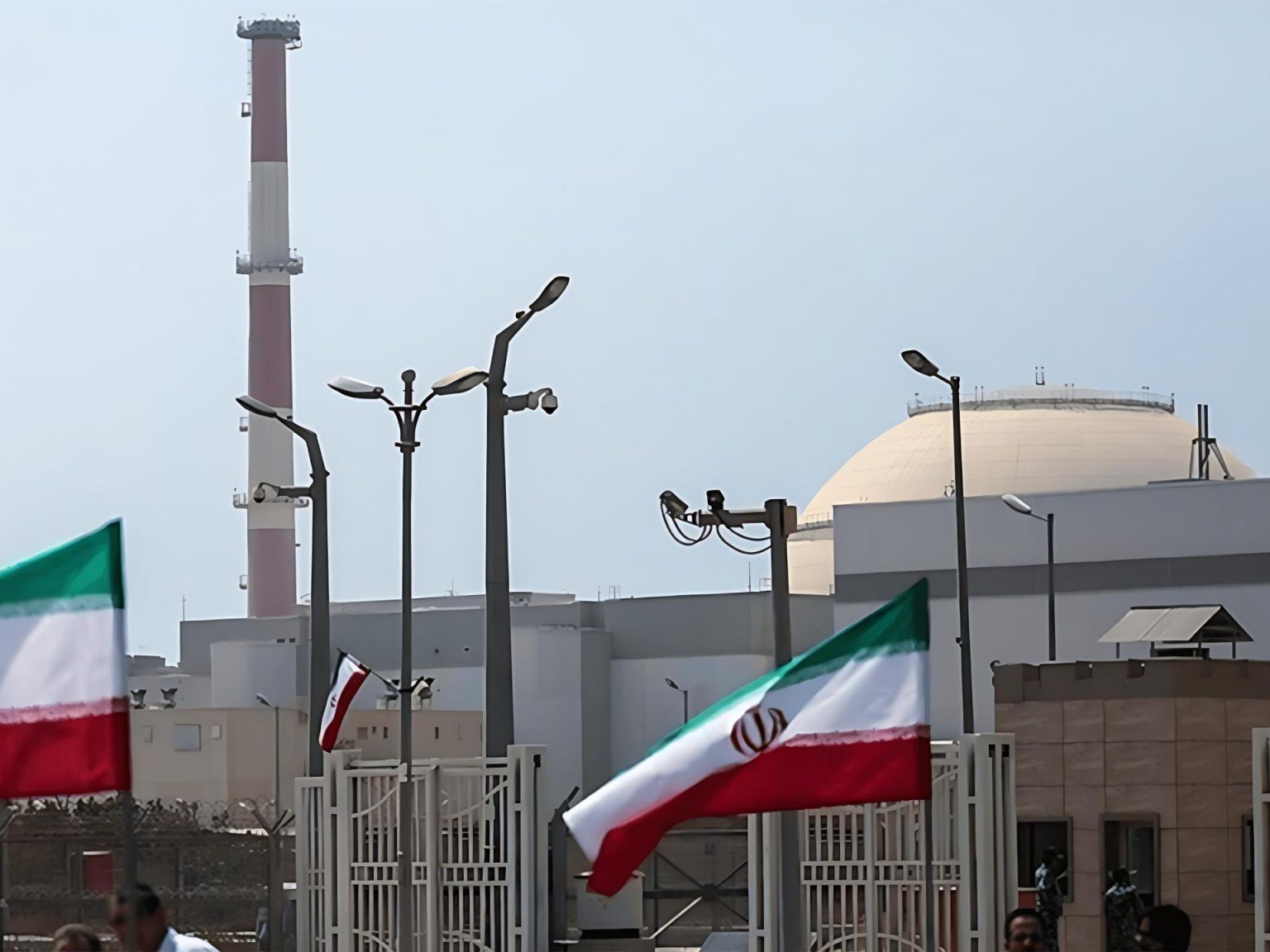The situation surrounding Iran’s nuclear program is at a critical juncture, with a new resolution proposed by Western powers adding significant pressure on Tehran. This article delves into the complexities of the proposed resolution, the potential for renewed negotiations, and the underlying tensions that continue to shape the international landscape surrounding البرنامج النووي الإيراني (Iranian Nuclear Program). It examines perspectives from experts in the field and the potential ramifications of the current standoff, and whether a breakthrough in diplomatic efforts is on the horizon, or if further escalation is inevitable.
مشروع القرار الغربي والضغوط على إيران (The Western Resolution and Pressure on Iran)
Paris, Berlin, London, and Washington have jointly submitted a draft resolution to the International Atomic Energy Agency (IAEA) Board of Governors. This resolution demands full compliance with international treaties from Iran, specifically requesting the disclosure of all its nuclear sites and allowing the IAEA unfettered access for inspections whenever necessary. This action signals an escalation in Western efforts to scrutinize Iran’s nuclear activities and ensure they remain peaceful. The timing of this move, following a period of stalled dialogue and heightened geopolitical tensions, is particularly noteworthy.
The resolution comes after Iran suspended its cooperation with the IAEA in July, following a 12-day military operation targeting Iranian nuclear facilities allegedly conducted by Israel and the United States. This has created a significant trust deficit between all involved parties. The hope, according to Western diplomats, is that the resolution will compel Iran to re-engage in meaningful cooperation with the agency.
تصريحات ترامب وعلاقتها بالقرار الجديد (Trump’s Statements and their Relation to the New Resolution)
According to Hosni Abeidi, a professor of International Relations at the University of Geneva, there’s a clear connection between recent statements by former US President Donald Trump regarding the possibility of reaching a new agreement with Iran, and the submission of the Western-led resolution. Trump, following a meeting with Saudi Crown Prince Mohammed bin Salman, indicated Iran’s desire for a deal and even suggested one might be attainable, whilst also claiming Washington had severely crippled Iran’s nuclear capabilities.
Abeidi argues that Iran has limited options in response to the resolution. It must engage with both the IAEA and Western nations to safeguard its nuclear gains and interests. From Tehran’s perspective, complete inflexibility could lead to the collapse of any negotiation opportunities and open the door to increased Western pressure, potentially including referral to the UN Security Council. This positioning acknowledges Iran’s obligations as a member of the IAEA, while simultaneously highlighting the potential stakes for the nation.
موقف إيران وتحديات التفاوض (Iran’s Position and Negotiation Challenges)
However, the perception of an “agreement” differs significantly between Iran and the United States. Hamid Reza Golamzadeh, director of the “Peace Spirit” Institute for Diplomatic Studies, explains that Iran seeks a fair understanding built on addressing concerns and preconditions, while the US appears to favor dictating terms. This foundational difference complicates any potential for immediate progress.
Golamzadeh also notes that any talk of a potential agreement with the US is viewed with considerable caution in Tehran, due to previous experiences, such as the aforementioned 12-day military offensive, where negotiations were allegedly used as a pretext for military action. The history of mistrust profoundly impacts Iran’s willingness to swiftly enter into new agreements.
Iran is adamant about avoiding further escalation but will not accept the imposition of Western will or unfavorable conditions. تخصيب اليورانيوم (Uranium enrichment) remains a firm “red line” for Tehran, alongside a demand for clear security guarantees before any further concessions are considered.
ردود الفعل الإيرانية والآفاق المستقبلية (Iranian Reactions and Future Prospects)
Iran’s Foreign Minister, Abbas Araghchi, has already denounced the European Troika’s (France, Germany, and the UK) efforts to issue a resolution against Tehran as “irresponsible” and “provocative”. This emphasizes Iran’s strong disapproval of the current diplomatic path.
Despite this, Golamzadeh suggests Iran has demonstrated goodwill through past cooperation with the IAEA. However, any adoption of the proposed resolution will be interpreted as a foundation for escalation and could lead to a complete halt in cooperation if deemed an attempt to impose demands rather than to genuinely negotiate.
الشفافية كحل لتجنب التصعيد (Transparency as a Solution to Avoid Escalation)
Klément Therme, an Iran affairs expert, argues the Troika’s push for a resolution is ultimately aimed at achieving greater transparency to prevent future attacks by Israel and the US. He believes providing clarity concerning uranium enrichment levels and the locations of nuclear sites would help to avert a “new military confrontation”. This emphasizes the security concerns driving the Western response.
Therme doesn’t rule out the possibility of the file being referred to the UN Security Council, but also points out that Russia and China could potentially use their veto power. Such a scenario would internationalize the tensions and further complicate the negotiation process. He notes the lack of accurate information regarding the extent of Iran’s enriched uranium and damage to facilities leaves Europe uncertain and allows Iran to leverage time to improve its bargaining position regarding the السياسة النووية الإيرانية (Iranian Nuclear Policy).
In conclusion, the proposed resolution represents a critical test for Iran’s diplomatic strategy. While Tehran seeks to reassert its nuclear capabilities and resist external pressure, the international community – particularly Western powers – demands greater transparency and adherence to international obligations. The path forward remains uncertain, and hinges on Iran’s willingness to engage in meaningful negotiations and address concerns regarding its nuclear program. This situation requires a delicate balance of firmness and diplomacy, with both sides needing to demonstrate good faith to avoid a potentially dangerous escalation. Understanding these nuances is crucial when analyzing the evolving dynamic of the التفاوض النووي مع إيران (Nuclear Negotiation with Iran). Further developments in this ongoing situation will undoubtedly shape the regional and global geopolitical landscape for years to come.


